Have you ever tasted camel milk or used camel beauty products? It’s a relatively new industry in Australia. Leading the way in bringing this range to the masses is husband and wife Megan and Chris Williams. Having met on holiday in the outback, the couple fell in love with each other and with wild camels. One thing lead to another, and The Camel Milk Co was born. It was the first officially licensed Camel Dairy in Victoria. It started with three camels – now they’re up to about 500 as Australia and the world falls in love with this fascinating product.
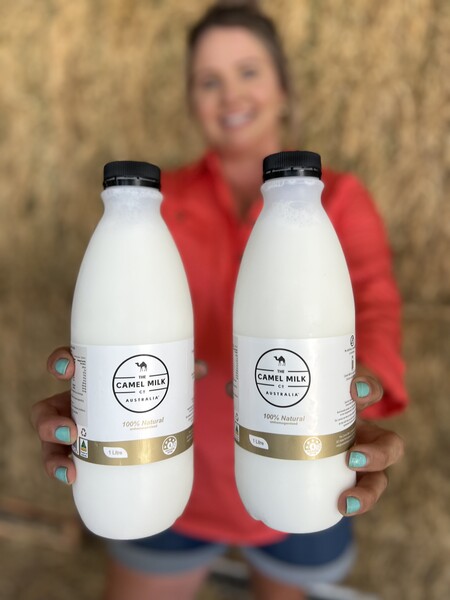
Megan recalls the idea to milk camels first came to them in 2014. “We’d actually watched this documentary on camel milk and the health benefits. We’d already been dairy farming, but we looked into it for a long time.”
Spot the difference
There are surprisingly many similarities to milking cows but of course, a lot of differences as well. Megan says no amount of research or budgeting could truly prepare them for what would come.
“There is no such thing as a milking camel. So, coming from a dairy background where you can purchase milking cows and the hardest thing you need to do is get a fresh heifer in the dairy and try to milk her and she might kick a little bit. Whereas, with a camel, when you get that from the outback and it’s completely wild, there’s a lot of slow trust-based training we have to do with the camels to get them to stand willingly and let down their milk,” she explains.
Everything also takes about twice as long. A camel doesn’t have a calf until she’s 4 or 5 years old with a gestation period of 12 to 14 months. Unlike cows, camels need their young by their side in order to produce milk.
With a camel, when you get that from the outback and it’s completely wild, there’s a lot of slow trust-based training we have to do with the camels to get them to stand willingly and let down their milk.
“We found out very quickly that without a baby, a camel will dry up.” Megan and Chris have purpose built their dairy so that the babies are right alongside their mums while they’re milking them.
“It’s quite labour intensive,” she says. Given that, building the dairy itself was a challenge. They drew inspiration from places in the United Arab Emirates and ended up with a walk-through dairy where the camels are milked from the side.
A different taste
As for the milk itself, it does taste different to cow’s milk. “The milk is naturally low in fat and it’s higher in calcium, potassium, protein, iron, vitamin C and it doesn’t contain whey protein, which is a commonly known dairy allergen. Camel milk is just another dairy alternative and is actually a real milk, not a plant-based milk.”
The taste depends on the individual palate, but Megan describes it as sweet while drinking, with a slightly salty after-taste.
Camel milk is just another dairy alternative and is actually a real milk, not a plant-based milk.
Another difference you may notice, is the milk isn’t homogenised, so you’ll see a thin layer of cream at the top which requires a gentle shake to emulsify it back into the liquid. As per food standards, the product is pasteurised like any other type of milk.
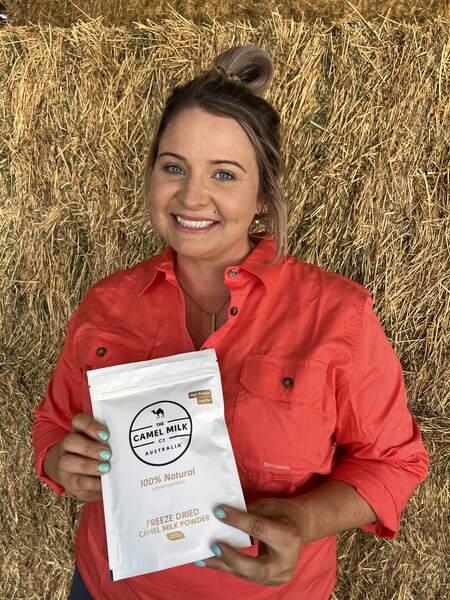
“We batch pasturise at the lowest temperature that is within the dairy food safe guidelines. Even though we are a small micro-sized factory that processes our own milk, we have to comply with the laws like any other factory.”
Expanding the business
A background in farming prepared the couple well for managing and milking the animals but the marketing, sales and design elements of launching a direct-to-consumer business were unexpected. Then, throw in a range of beauty products!
“When we first started, we had no intention of bringing out a skincare range,” Megan laughs.
It was a small-business owner who contacted them about using milk to make some soap that planted the seed. Megan agreed but asked for a bar of soap to try once it was made.
“She sent me this camel milk bar of soap and I remember holding it thinking it was unbelievable. I used it and it was so smooth and luxurious.” That lead to Megan embarking on her own skincare range with soap, moisturiser and more.
Anyone who may have investigated camel milk products before will also know, there is a significant price difference compared with cow’s milk. That comes down to many factors like production but importantly, camels simply don’t produce the same volume.
Caring for the camels
“Camels on average give around 5 litres a day. Cows can give anywhere from 20 40 litres a day,” says Megan. The assumption that feed costs would at least be lower isn’t entirely true either according to Megan.
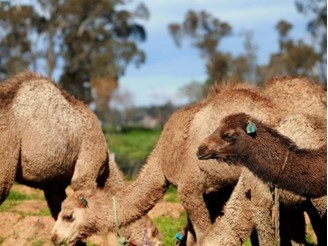
“Camels can live off next to nothing but if we’re producing milk, we need to feed them right. Camels can eat up to 18 or 20 kilograms of dry matter a day.”
We couldn’t let Megan go without sharing her favourite fun facts about camels. She says, in Australia we have one-humped camels, not two-humped. And a camel has four teats, just like a cow!
Megan’s greatest joy comes from seeing her camels happy and healthy. “A lot of people think camels kick and spit and bite. For sure, they can do that, but a camel shouldn’t have to do that if it felt like it was safe. That’s the most rewarding thing.” They are fascinating animals and Megan and Chris have certainly created a special haven for these formerly wild animals.
Hear more stories just like Megan’s by subscribing to the Telling Our Story podcast on iTunes and follow podcast host Angie Asimus on Instagram for more updates.
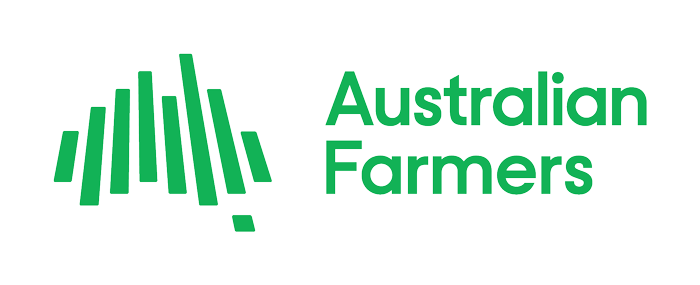




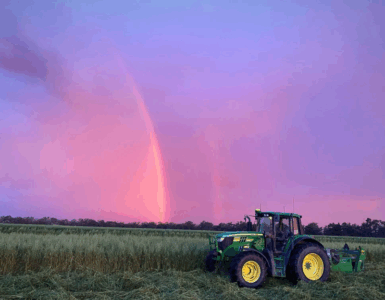
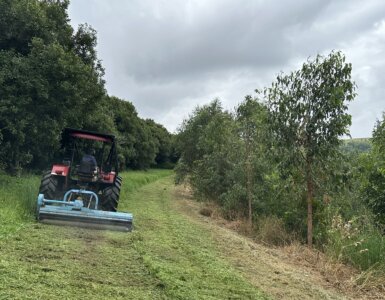
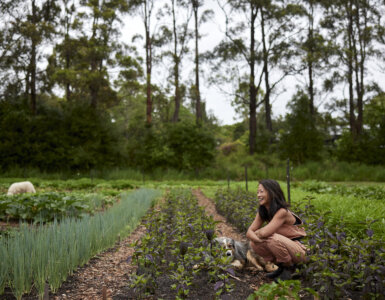









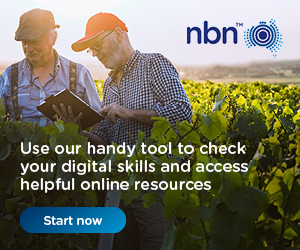
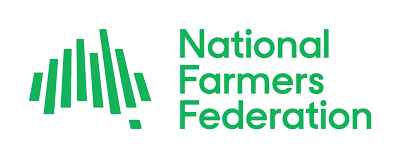




















Add comment